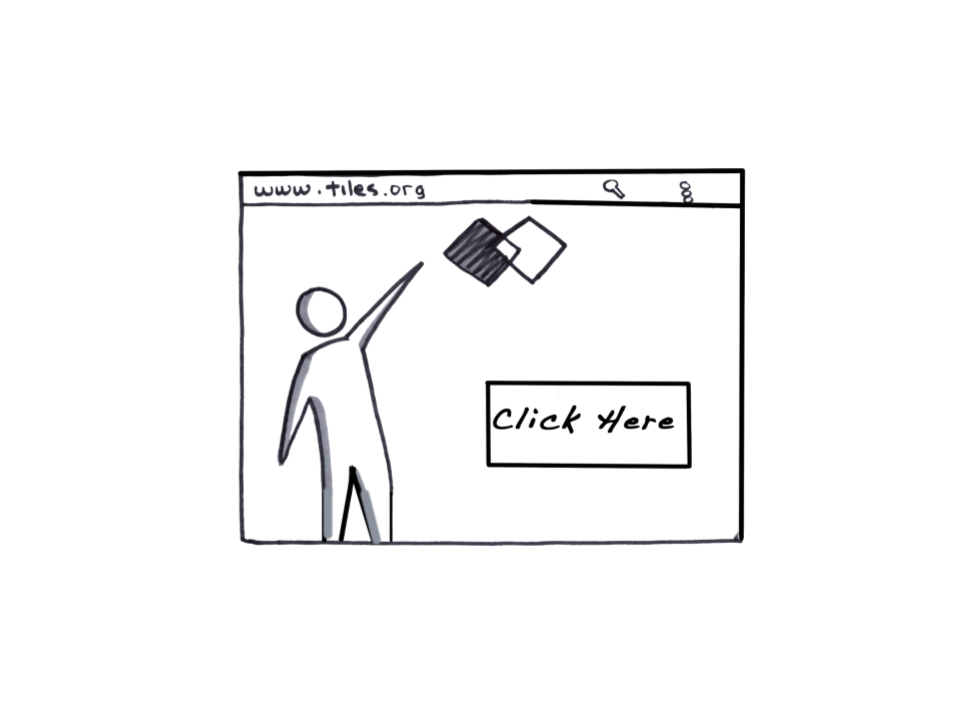Value Proposition Test - Landing Page

Landing Page Smoke Test
In Brief
A landing page used as a minimum viable product evaluates whether a particular type of customer wants a proposed product based on actual behavior (as opposed to a declared preference). This technique typically includes buying advertising or generating targeted traffic to a small website that describes the product idea. The prospect confirms their interest by:
- Leaving an email address, or
- Going through a checkout process that simulates the purchase of the product
Helps Answer
- Is the customer interested enough in the value proposition to spend money?
- Is the product idea attractive to a particular segment or niche?
- Is the product positioned effectively against alternative solutions to the problem?
Tags
- Quantitative validation
- Benchmarking
- Positioning
- Value proposition
- Audience selection strategy
Description
Time Commitment and Resources
- 1 day to set up landing page, ideally based on actual prospect language used during customer development
- 1+ days to drive traffic (depends on amount of time or money you are willing to spend)
- Ability to set up a landing page with an appropriate service (e.g., QuickMVP, Unbounce, Leadpages)
- Small advertising budget to target relevant keywords, or demographic-use “daily budget” limits to control exact ad spend for this purpose
- Advertiser’s account with paid traffic source
How to
- Identify sub-niche/persona most likely to be interested in the product idea.
- Research relevant keywords and demographics.
- Brainstorm ads.
- Formulate the experiment’s success criterion as expected conversion rate (for leaving email or completing fake purchase).
- Edit a landing-page template with the product description and value proposition.
- Run ads.
Interpreting Results
In the context of a landing-page MVP, conversion rate here approximates what percent of this particular niche, keyword, or traffic source are interested in the product. It approximates unmet demand among members of that niche.
If the conversion rate obtained exceeds your predetermined signpost value, the landing-page MVP confirms that this particular audience is interested in the product. Assuming you chose a large enough niche, the idea is worth pursuing further. If not, this audience is not interested in the product idea. At that point, you will need to pivot on your audience or dig deeper into your audience’s actual needs.
Potential Biases
- Not specifying success criteria up front: A very common anti-pattern is that founders attempt to run a landing page experiment without committing to a clear cutoff value up front. If they get results they don’t expect, they question their process.
- Over-optimizing the landing page for sales: With a landing-page MVP, you are measuring how much demand exists for the product without conversion-rate optimization (otherwise you won’t be able to know whether you met your success criteria because it’s a good idea or whether you’re good at using countdown counters effectively).
- Warm traffic: If possible, try to use completely cold traffic, particularly if you are comparing a few possible ideas. If prospects are already aware of your product, you as a founder, or your brand, this will skew your conversion rate upwards unpredictably.
Field Tips
- Got a tip? Add a tweetable quote by emailing us: [email protected]
Case Studies
- Dropbox used a simple landing page to gauge interest and caprute email adresses
- Buffer went from idea to paying customers in seven weeks
- Got a case study? Add a link by emailing us: [email protected]
Tools
- 12 Tools That’ll Help You Build a High Converting Landing Page
- Carrd: Simple, free, fully responsive one-page sites
- VentureHarbour: 21 Best Landing Page Builders in 2020
- Got a tool to recommend? Add a link by emailing us: [email protected]
References
- Eric Ries - Using AdWords to Assess Demand
- Luke Szyrmer - What is a good conversion rate for a landing page MVP?
- Luke Szyrmer - Landing Page MVPs
- Got a reference? Add a link by emailing us: [email protected]
